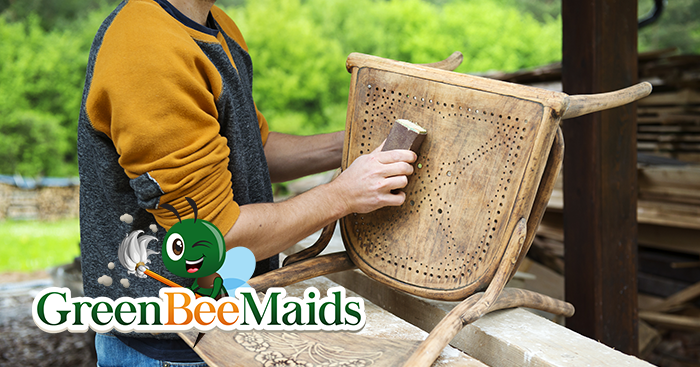Antiques are often treasured additions to a home. Whether the piece in question is a family heirloom or purchased from a dealer, it carries a history. However, trying to clean antiques is a nerve-wracking process. Who wants to be the one to damage the century old oak desk? So this week we have compiled a list of tips and tricks on how to safely clean antique pieces. Read on to learn how to preserve and protect a variety of antique materials.
Before We Begin
If an antique piece is new to you, do not start applying a cleaning solution to it right away and hope it goes well. Spot check the intended cleaner somewhere inconspicuous first. Give it 24 hours between doing the spot check and applying the cleaner to the rest of the antique.
Preventative Care
There are certain easy steps that make cleaning antiques easier through preventative care.
-
Dust Antiques Regularly
A regular dusting helps preemptively remove dirt and debris from delicate materials. Additionally, this helps prevent an environment that is friendly to bugs.
-
Keep Out Of Sunlight
Sunlight slowly stains material overtime. There is no easy way to fix UV damage on antiques. The best thing to do is to make sure that they do not sit in the sun at all.
-
Use A Humidifier
Older materials, particularly wood, dry out easily. Dry wood leads to warping and cracking, which no one wants. However, an easy way to prevent this is to keep a humidifier in the same room as antiques to prevent dry wood.
Onto The Actual Cleaning
Even with preventative care, furniture inevitably needs cleaning. We have separated the following cleaning tips by material
Wood
A solution of vinegar diluted in water is an effective cleaner for antique wood. To preserve the wood, it is essential that the surface is wiped dry as soon as it has been cleaned. Without drying, the water and vinegar solution will strip the wood of its natural patina.
After the wood is cleaned, it is time for polishing. For antique, opt for a beeswax-based solid polish. If a piece has not been polished in a while, it may take a few coats and regular polishing to get the natural finish back.
Brass
Do not polish antique brass with metal cleaners. The cleaner has the potential to damage the brass and will definitely ruin any wood that the brass is attached to. Instead, brass should be lightly burnished and dusted on a regular basis.
If the antique brass in question is gilded brass, the best policy is just not to touch it. Light dusting with a dusting brush is your best option in this case.
Upholstery
Antique upholstery, unless it is highly, highly delicate, can simply be vacuumed. Use a handheld vacuum, which has a little less power to be on the safe side.

